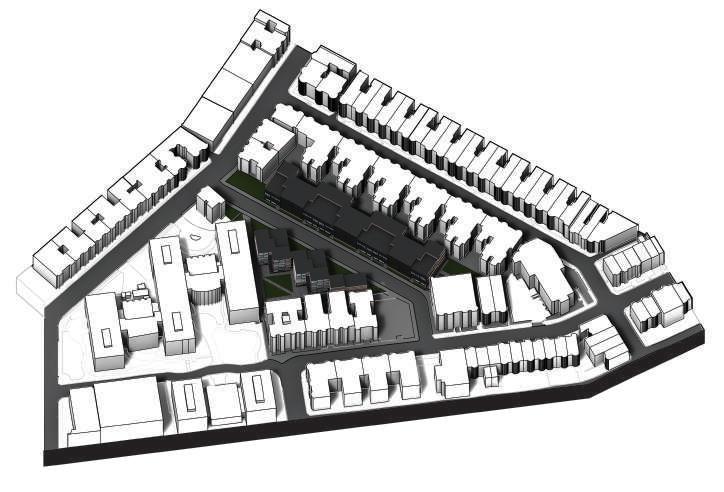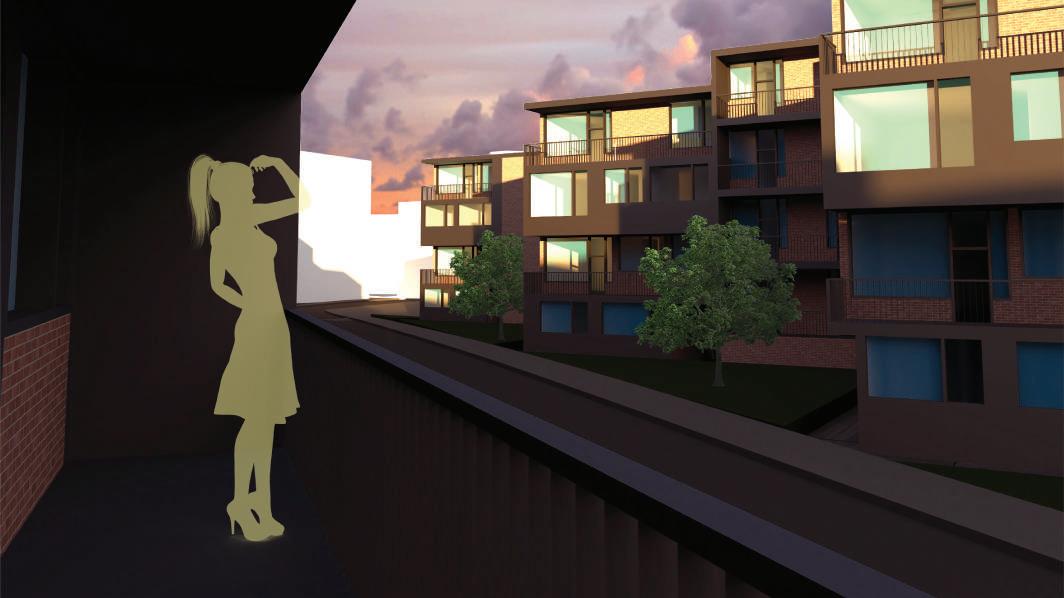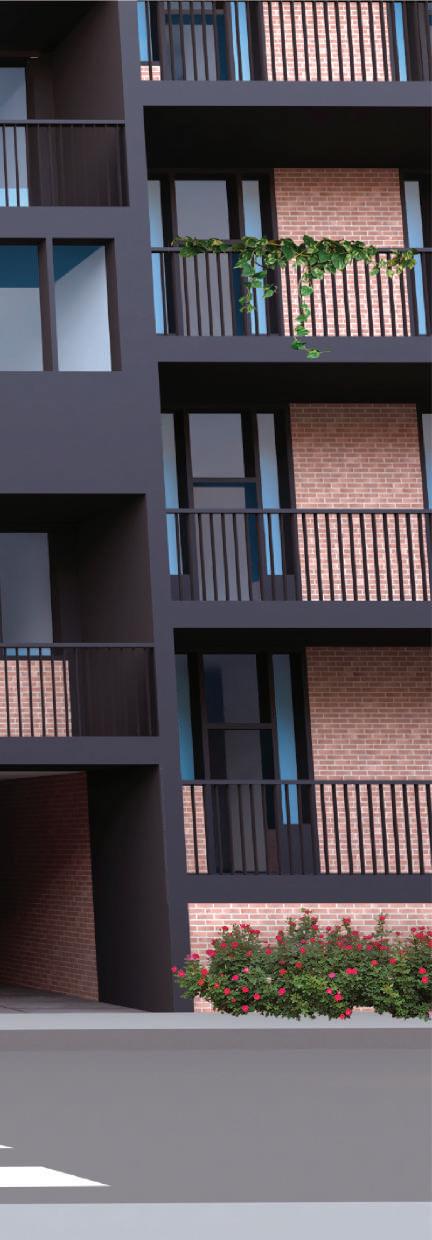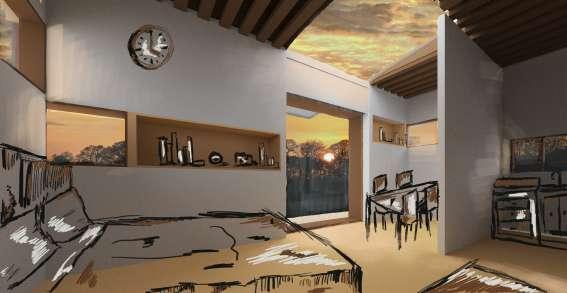
1 minute read
MOTUS HOUSE

KRALJEVO, SERBIA
Advertisement
The Cubic House offers a unique take on what is already a progressive field of architecture; microhouses. The idea behind the design aims to prioritize adaptability and affordability. Therefore we created a general example of a micro-home that utilizes low cost, local materials, and simple but effective design that can be adapted globally based on its local resources.
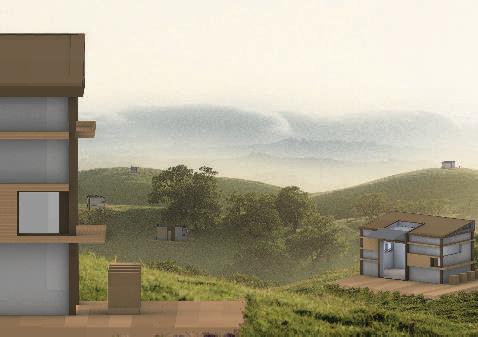
Adding on to the adaptability topic, the Cubic House focuses on using the “unwanted” lands. In our case, we took Kraljevo, Serbia as an example. Prices for housing that provides a good quality of living are often too high for a large percentage of people, especially in countries that are still developing. In that sense, the Cubic House considers lands such as hillsides or undesired locations for the investment companies as an opportunity to create affordable housing. Kraljevo sets a proper example of “undesired” countryside.
The micro-homes power on solar power along with the inclusion of compost panels underneath the house structure. This introduction of green power and recycling opens many more doors for the future of sustainability and represents the idea of green architecture. The dynamic interior is staged by numerous moving panels. It allows the expansion and enclosure of spaces such as living rooms or dining halls. It provides a cheap but efficient way of manipulating space and creating different living
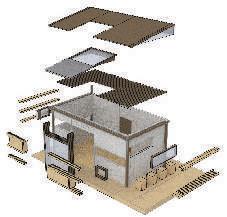
A project dedicated to providing housing for Northeastern’s graduate students, the proposal involved over eight different apartments per building, with multiple community spaces connecting them together. Whiile with the intention of creating a place where students can study, enjoy the outdoors in different weather conditions, and having a multitude of spaces to encorage social interactions and community projects, Jarvis Village integrates to the sloped conditions of the site. This allowed for the consequent creation of backyard passageways and parks throughout the site.
